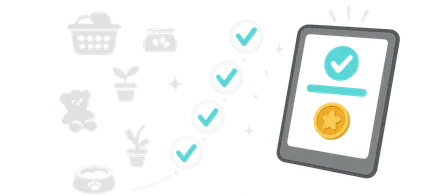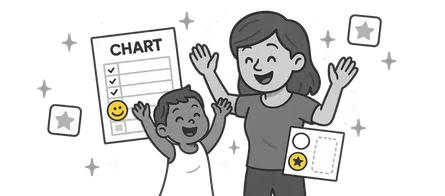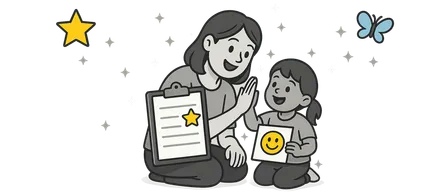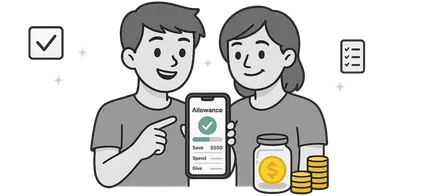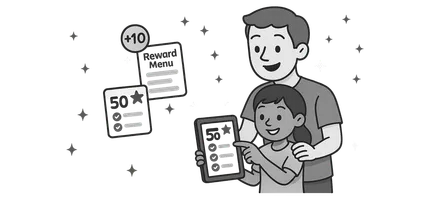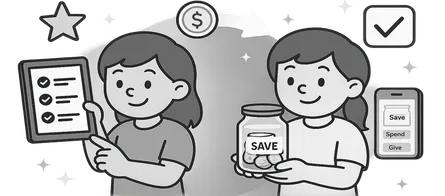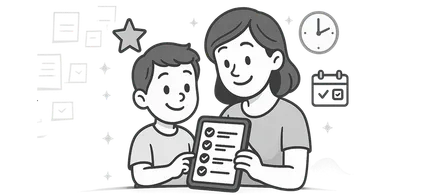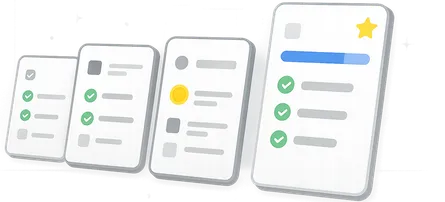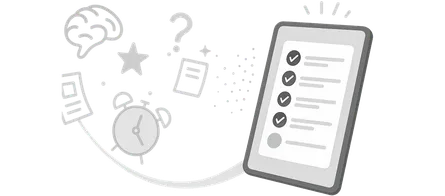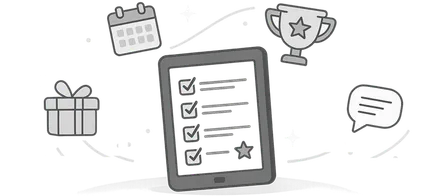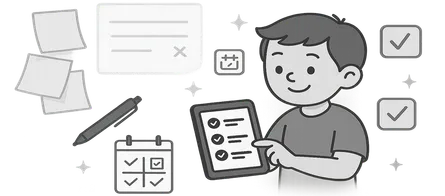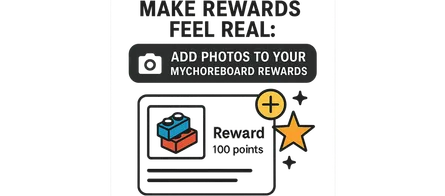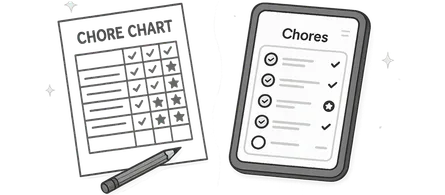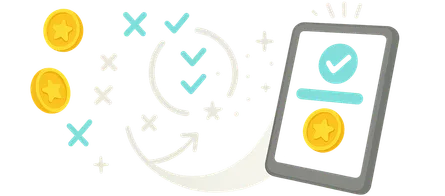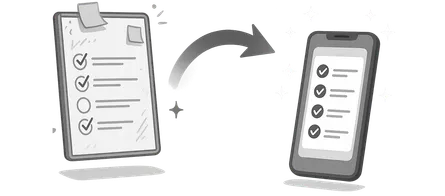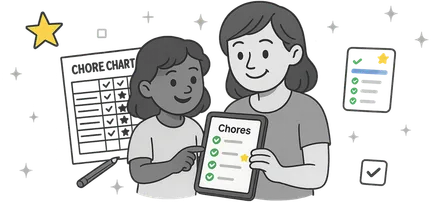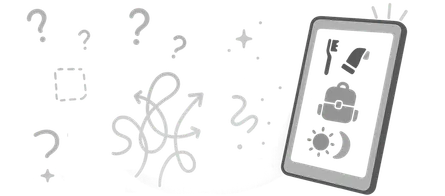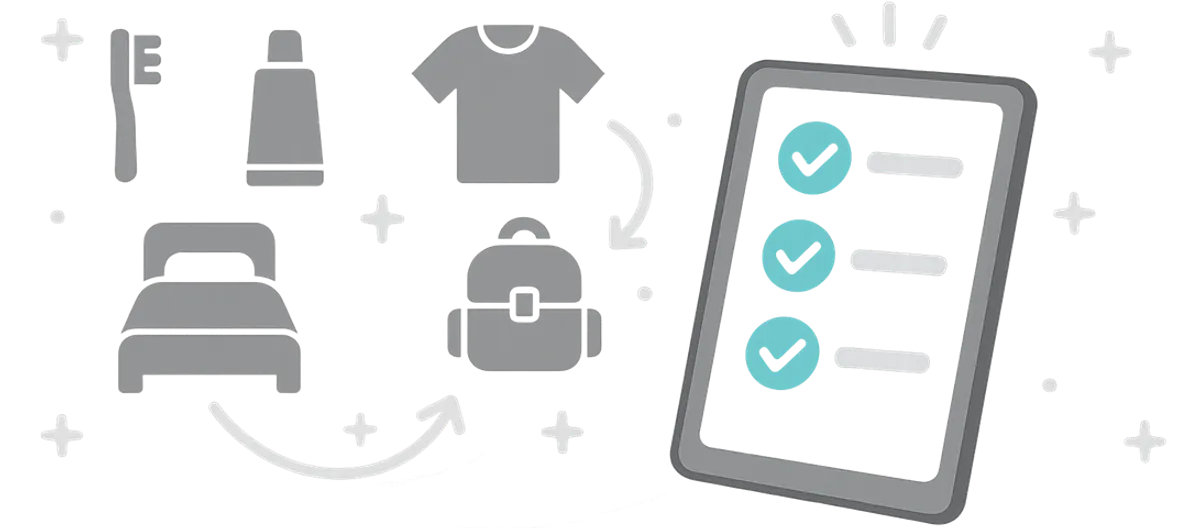
Morning Routines for ADHD Kids That Actually Work
- Jacob Volk
- Parenting , ADHD
- 27 Sep, 2025
Why Mornings Feel So Hard for ADHD Families
If your mornings feel like a race you never signed up for, you’re in good company. Many parents describe ADHD mornings as “organized chaos” — everyone rushing, nothing flowing, and constant reminders that somehow go unheard.
That’s not bad parenting or lazy behavior. It’s how ADHD brains are wired. Transitions are tough because ADHD affects executive function — the mental “control center” for planning, sequencing, and starting tasks.
In a neurotypical brain, morning routines are automatic: wake up → get dressed → eat → brush teeth → out the door.
For ADHD brains, every step is a fresh decision. And decision fatigue hits early.
The key isn’t trying to “fix” mornings — it’s removing friction so the system carries the child, not the other way around.
New here? This article is part of our ADHD & Routines series. For a full overview of apps and structure systems, start with our Chore App for ADHD Kids Guide .
The Goal: Predictability Without Pressure
ADHD kids need structure, but not rigidity. The most successful routines strike a balance between consistency and flexibility — clear expectations, gentle timing, and enough freedom to keep mornings positive.
Instead of aiming for perfection, aim for predictability. When the flow is familiar, resistance drops automatically.
Here’s the secret formula:
Predictable flow + visual cues + immediate feedback = calmer mornings.
And the best way to build that? Make the routine visible, short, and connected to rewards.
Step 1: Start the Night Before
Mornings begin the night before. ADHD brains struggle with time perception — so anything that requires “future thinking” should happen in advance.
Taking 10 minutes before bed to prepare can prevent 30 minutes of chaos in the morning.
Here’s what to do:
- Lay out clothes. Visual readiness removes decision paralysis.
- Pack backpacks. Include homework, water bottles, and permission slips now, not tomorrow.
- Set the breakfast plan. Pick one or two simple, consistent options — predictability helps ADHD appetite regulation.
- Charge devices in another room. Avoid morning dopamine competition (screens vs tasks).
The less the brain has to remember, the more energy it has to perform.
(Also see: ADHD and Household Responsibilities: What Parents Should Know)
Step 2: Build a Short, Visual Checklist
Words fade. Visuals stick. A simple list with icons or images can transform ADHD mornings from verbal repetition to independence.
Create a checklist that’s no more than five steps, grouped by time of day. Use pictures or emojis for each item, especially for younger or visual learners.
Example:
- 🛏️ Make bed
- 👕 Get dressed
- 🪥 Brush teeth
- 🥣 Eat breakfast
- 🎒 Grab backpack
Chore apps like MyChoreBoard make this even easier. Kids can tap to check off each step, earning visual progress and small rewards as they go. The app becomes the neutral “messenger,” so parents can step out of the reminder cycle.
For ADHD kids, visibility equals clarity. When the list does the talking, cooperation comes naturally.
(Learn more: Why Visual Cues Help ADHD Kids Stick to Routines)
Step 3: Create “Start Cues” for Each Transition
Even with a list, starting each task can still be hard. That’s where transition cues come in — sensory signals that tell the brain it’s time to switch gears.
These cues can be visual, auditory, or environmental. Choose ones that your child finds pleasant or grounding.
Examples:
- Lighting cue: A sunrise lamp that brightens gradually at wake-up time.
- Sound cue: The same upbeat playlist every morning — predictability builds comfort.
- Environmental cue: Opening blinds or spraying a favorite scent when it’s time to move to the next step.
Avoid sudden alarms or shouting across rooms. ADHD kids process abrupt noise as threat, not motivation.
Gentle, consistent cues tell the brain, “We’re shifting tasks — and you’re safe doing it.”
Step 4: Add Immediate Micro-Rewards
ADHD brains thrive on instant reinforcement, not delayed payoff. That’s why big end-of-week rewards often flop — the gap between effort and gratification is too wide.
Instead, focus on micro-rewards throughout the morning:
- Verbal praise: “You got dressed without reminders — awesome start.”
- Visual feedback: Checkmarks or streaks on a digital app.
- Small privileges: Choosing music, breakfast, or the route to school.
MyChoreBoard automates this reinforcement by giving instant points or badges when each task is completed. The screen shows progress in real time — and dopamine follows instantly.
ADHD kids don’t need bigger rewards — they need faster ones.
(Learn how to build your own system: Reward Systems That Motivate ADHD Kids)
Step 5: Keep Time Visible
Time blindness — the inability to feel time passing — is one of the biggest hurdles for ADHD mornings. You can say “five minutes left,” but that means nothing to a brain that can’t visualize it.
Instead of verbal warnings, make time visible:
- Use a visual countdown timer or color-changing clock.
- Show how long is left with a progress bar or “time pie” visual.
- For older kids, teach time estimation by letting them guess how long tasks take — then compare with reality.
When kids can see time, they start to feel time — and that’s how time management begins.
Digital chore apps with timers or “time of day” groupings (like Morning, Anytime, Evening) help create natural rhythm cues that build over time.
Step 6: Simplify the Environment
ADHD attention is fragile — every distraction adds friction. Simplifying the morning environment helps kids focus on what matters.
Try these low-effort tweaks:
- Keep the bedroom and kitchen visually calm. Store extras in bins or baskets.
- Prepare a “morning zone” — a single surface for backpack, lunchbox, and shoes.
- Reduce background noise. Soft instrumental music beats TV chatter.
- Avoid last-minute surprises (“Oh, we need to sign this form”). Keep mornings predictable.
ADHD kids perform best in structured environments that feel calm, not cluttered.
(Also see: Chore App for ADHD Kids)
Step 7: Practice the Routine — Even on Calm Days
The goal of a morning system isn’t compliance — it’s automaticity. Repetition builds neural pathways, and consistency builds trust.
That means practice matters even when there’s no school pressure. Try a “dry run” on weekends so the flow becomes familiar without the rush.
Each repetition teaches the brain what comes next, until mornings run more on rhythm than reminders.
Habits don’t stick from pressure. They stick from predictability.
If you ever reset after a bad week, start small again — three steps, visual cues, instant rewards — and rebuild gradually. ADHD success is cyclical, not linear.
Why Digital Tools Make It Easier
Paper charts fade fast — ADHD novelty wears off quickly. Digital tools stay interactive and adjustable, which keeps engagement high.
Chore apps like MyChoreBoard let families:
- Group chores by time of day (Morning, Anytime, Evening).
- Use icons and color coding for visual clarity.
- Assign points or rewards automatically to reduce parent micromanagement.
- Sync across devices so both parents see updates in real time.
The key isn’t technology for technology’s sake — it’s consistency. When the system holds structure, parents don’t have to.
Digital tools don’t replace parenting — they reduce decision fatigue so connection can come first.
Measuring Success
Progress with ADHD routines doesn’t always look linear. Some days you’ll get full cooperation, other days partial effort — both are progress.
Look for these small but meaningful wins:
- Fewer reminders before each task.
- Tasks starting with less delay or frustration.
- Mornings feeling calmer, even if not faster.
- Kids showing pride in completing their list.
Track progress visually for both of you — a chart, streak counter, or photo of a full checklist helps keep perspective when energy dips.
The goal isn’t perfection. It’s peace.
Frequently Asked Questions
Most families see improvement within two weeks of consistency. Start small, celebrate every success, and keep visuals visible.
Ages 5–7 can use simple picture-based lists; by ages 8–12, kids can handle points and streaks. Focus on independence, not perfection.
Let the system, not your voice, be the messenger. Use visual checklists and consistent cues so kids respond to structure, not emotion.
At first, yes — small, instant wins reinforce habit formation. As routines stick, shift to verbal praise and weekly streak bonuses.
Start with one task they enjoy or can do independently. Success builds confidence and momentum. Avoid lectures; focus on one visible win per day.
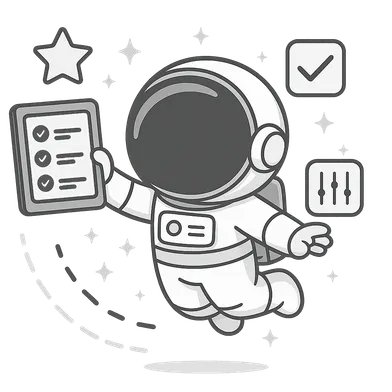
Ready to try MyChoreBoard with your kids?
Install on any phone, tablet or computer. Free with no sign-in hoops.
Get Started Now